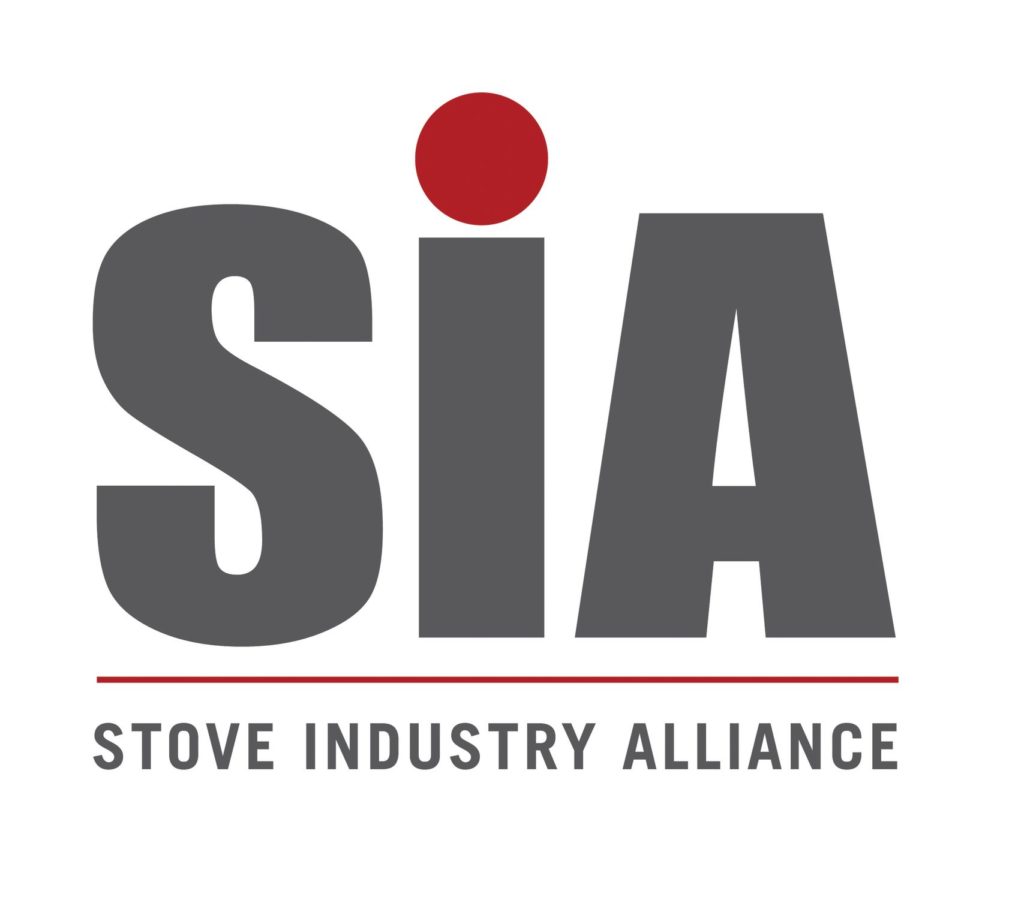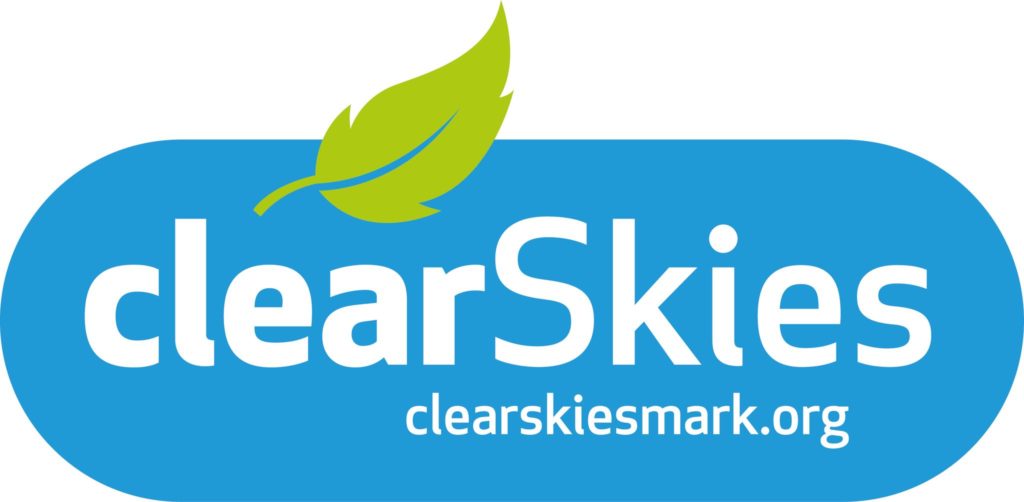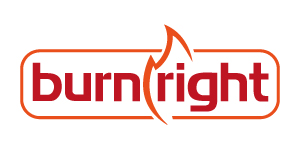The Thatch Advice Centre has been asked several times recently: “What is the difference between a firebox and a wood-burning stove?”
Our aim is to help people understand use of such equipment whilst looking to meet best fire safety practice, building regulations and insurance requirements. Maybe this question is being asked for insurance reasons? Could it be that rising fuel costs and the sustainability of wood burning is driving this interest?
So, we asked our friends at the Stove Industry Alliance for help in clarifying this interesting question. Here’s what they said:
The Confusion
“Much of the confusion around fireboxes seems to stem from the fact that the word ‘firebox’ is a generalist term that is used as a catch-all for a range of different types of fireplace and stove appliances.”
Definition of Firebox
“The common definition of a firebox is ‘the area behind the fireplace opening where the fire is built and maintained’. In its most basic form, a firebox is an open box construction of a base and three sides made of non-combustible material, such as metal or firebrick. The top of the firebox is aligned with the chimney or flue liner to allow smoke to travel up the flue and out of the chimney. Some of the more basic fireboxes also have rudimentary controls to enable the user a degree of management of the air flow to the fuel bed.
The term ‘firebox’ is also often applied to a range of much more modern and highly engineered appliances as well, such as inserts or cassette type wood burning fireplaces. These types of appliances, along with freestanding wood burning stoves, differ from the more rudimentary fireboxes described above because they are subject to rigorous appliance testing to show compliance with standard BS EN 13229:2001, and must, from 1st January 2022, also conform to the requirements of the Ecodesign Regulations.”
“As you can see, not all fireboxes are created equal!”
Ecodesign requirements
“If you already heat your home with solid fuel or are considering doing so, then it is worth knowing a little bit more about Ecodesign as mentioned above. From 1st January 2022 all solid fuel stoves, whether they are freestanding stoves or cassette/insert ‘fireboxes’, manufactured for sale in the UK must comply with the new Ecodesign requirements for efficiency and four types of emissions –
- Carbon monoxide (CO)
- Particulate matter (PM)
- Organic gaseous compounds (OGC)
- Nitrogen oxides (NOx).”
Existing Appliances
“Existing appliances are not affected, but if you are thinking about investing in a new stove or replacing an open fire or older stove any new appliance you purchase will need to comply. An easy way to ensure an appliance complies is to choose a model that has been certified under the clearSkies scheme.
A clearSkies certified wood burning stove releases up to 90% less emissions than an open fire and up to 80% less than a 10+ year old stove.”
Safe Operation
“Vital to the safe operation of any wood burning appliance in a thatched property, whether it is a new freestanding stove or a modern firebox cassette, is ensuring it is correctly installed, operated, and maintained. The Building Regulations and manufacturer’s instructions should always be consulted and adhered to and the appliance should be fitted by an appropriately qualified competent person, such as a HETAS or OFTEC registered installer.
Good quality fuel, such as Ready to Burn certified wood logs, that is at or seasoned to below 20% moisture content is recommended. Waste, chemically treated timber and wet wood must be avoided, and the chimney should be swept at least once a year.”
Thanks to the Stove Industry Alliance
In conclusion, we are being asked the question about a firebox or a wood-burning stove for a variety of reasons. It is obviously mainly because people are wanting to heat their thatched homes with solid fuel (as well as meeting/understanding both insurance and building regulation requirements).
Our thanks go to the Stove Industry Alliance for their assistance in explaining this matter. We are certain that this valuable information will be helpful for those looking to make such decisions.
About the Stove Industry Alliance
- The Stove Industry Alliance was formed in 2008 and is a trade association of stove manufacturers, distributors and retailers, wood fuel suppliers, flue and component manufacturers and other interested industry bodies.
- With over 40 manufacturing members and 65+ retail members, the SIA represents the stove industry in discussion with government departments such as Defra and BEIS, Welsh Government, Scottish Government, and the Greater London Authority.
- The SIA represents the UK in CEFACD, the European stove association and works closely with a range of industry bodies such as Kiwa, OFTEC, Woodsure and the Federation of British Chimney Sweeps.
- Please contact Erica Malkin SIA Communications Manager on 07891 097842 or erica@stoveindustryalliance.com for further comment on this information.
- Further information on the work of the SIA can be found on the SIA website.




